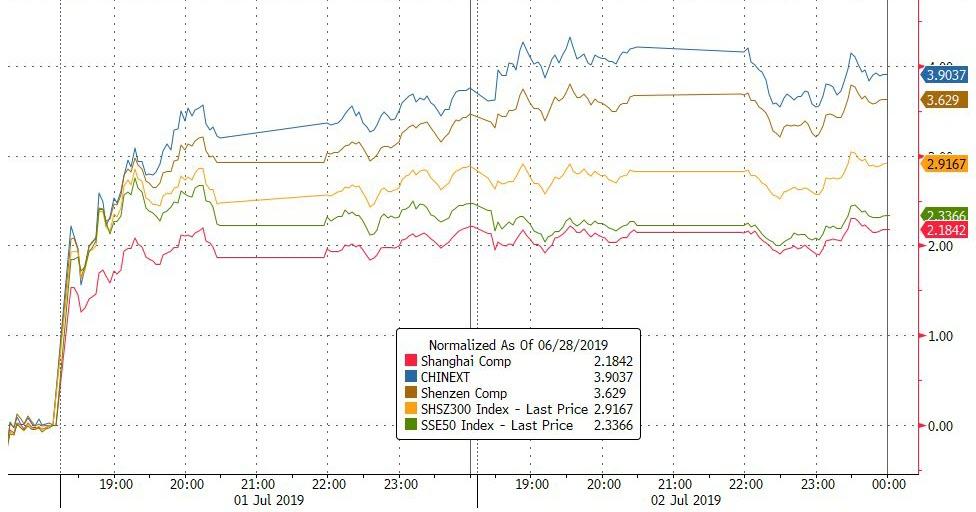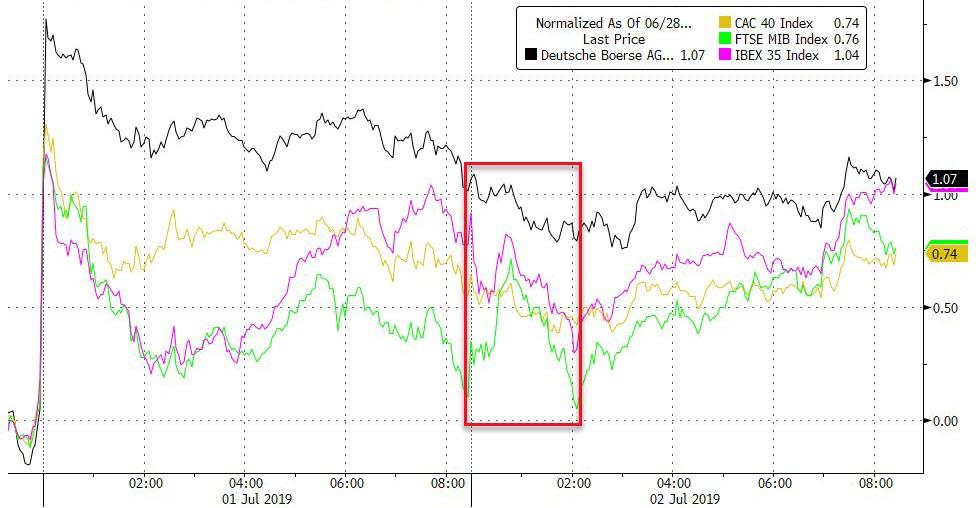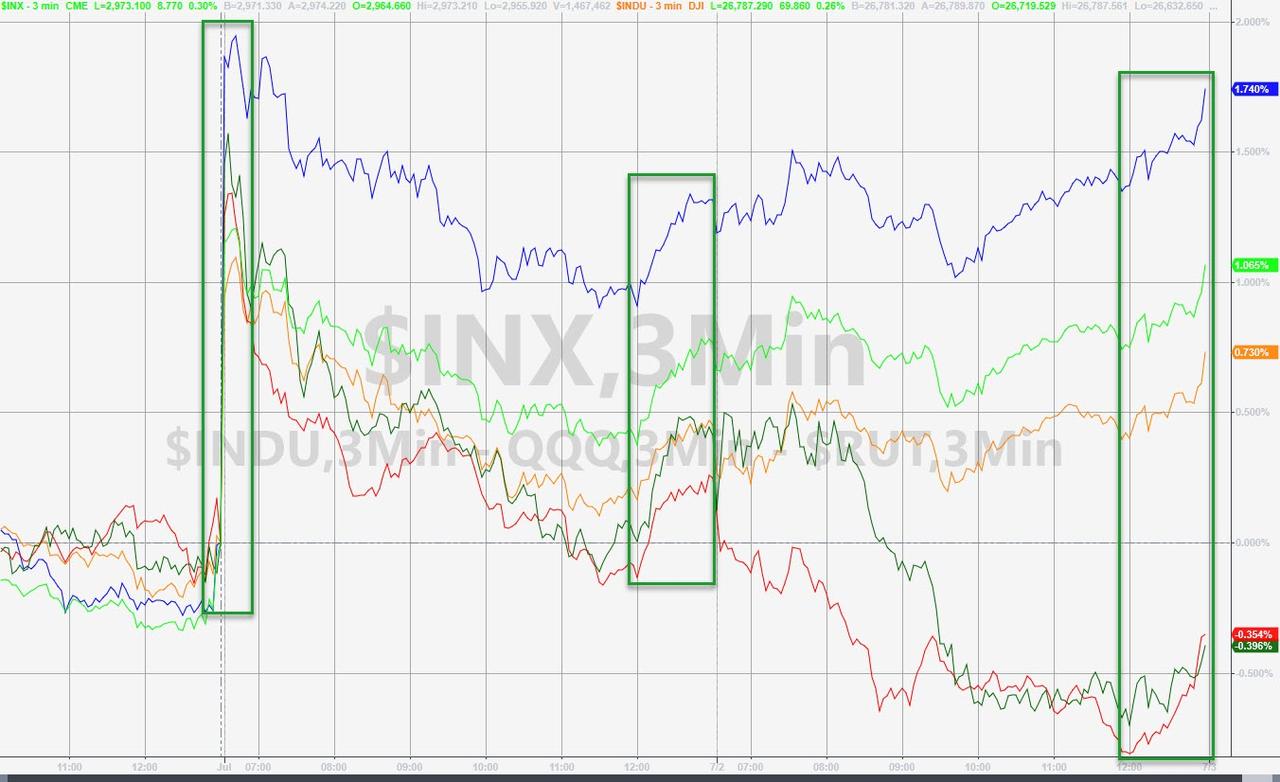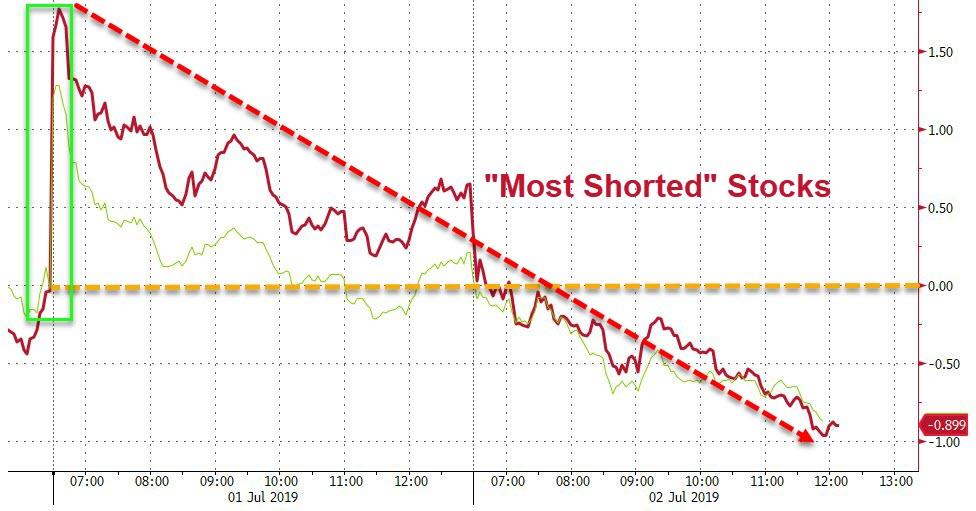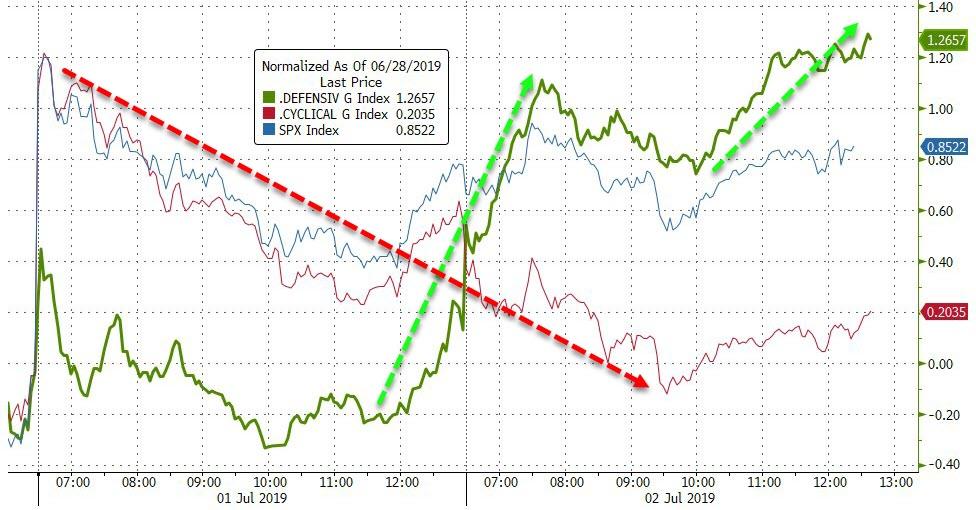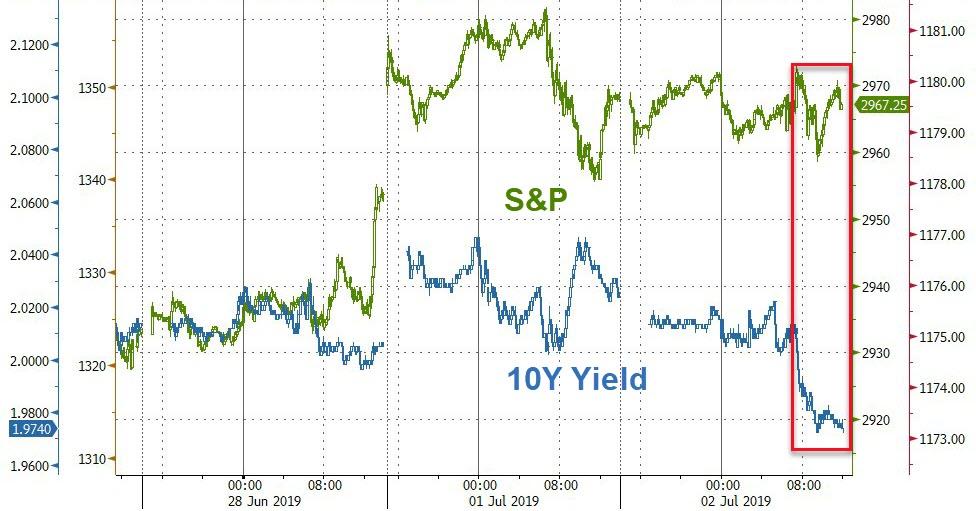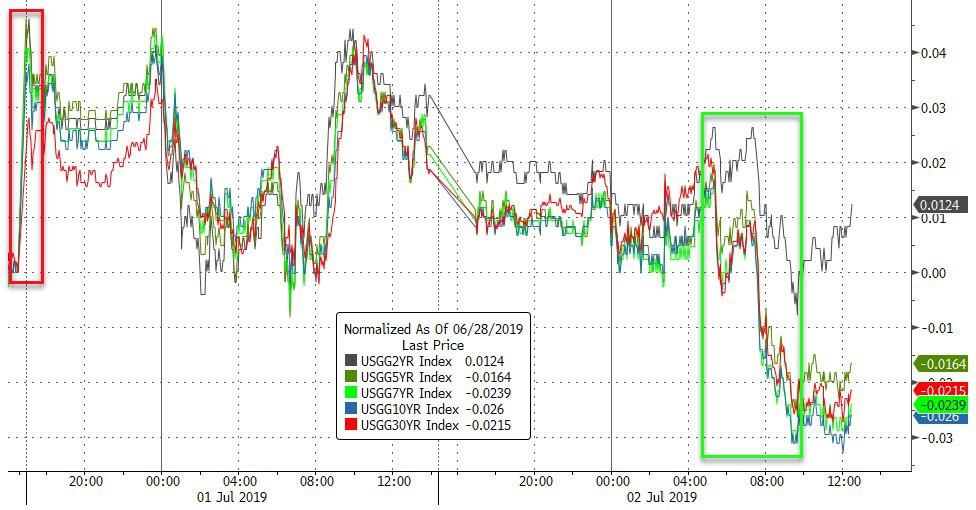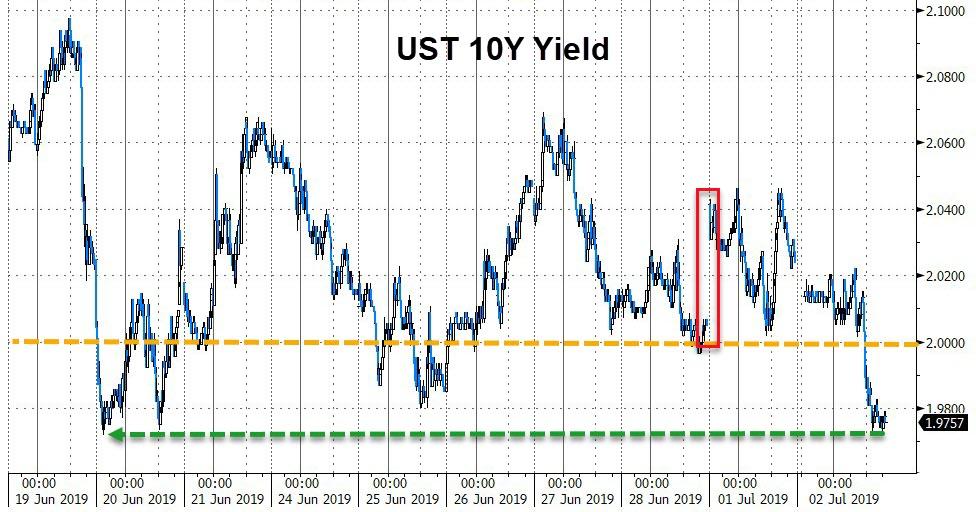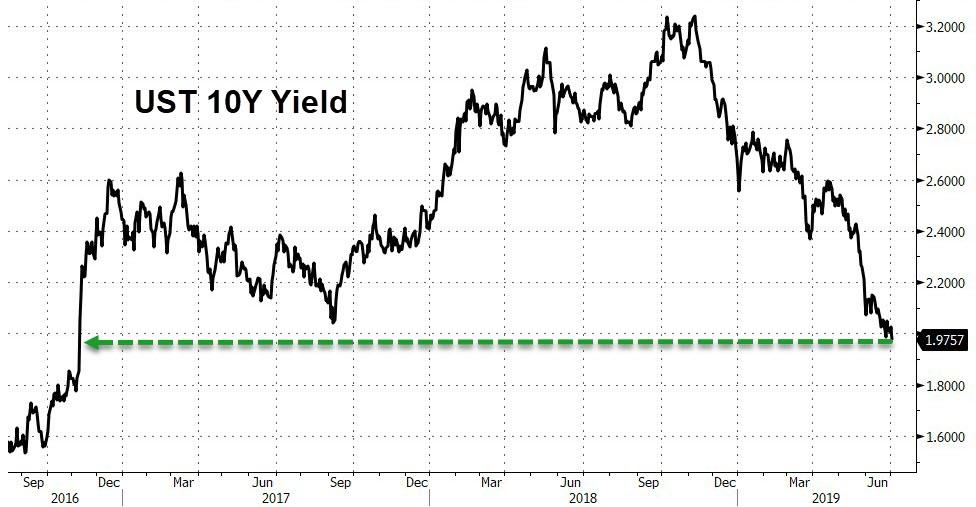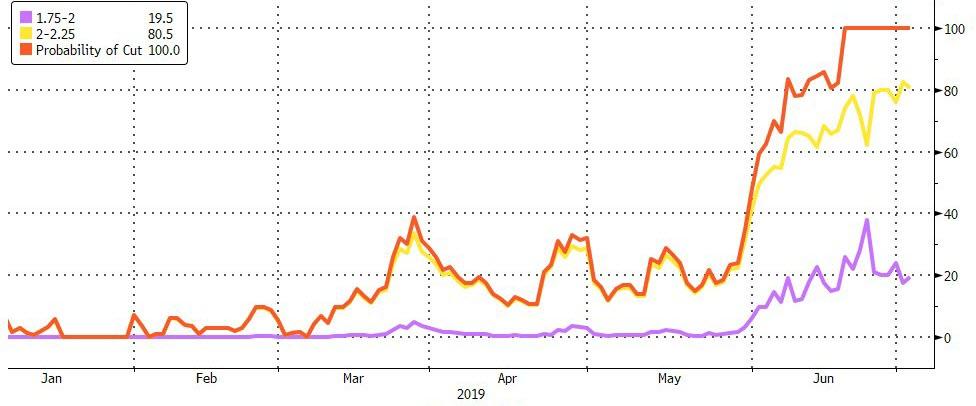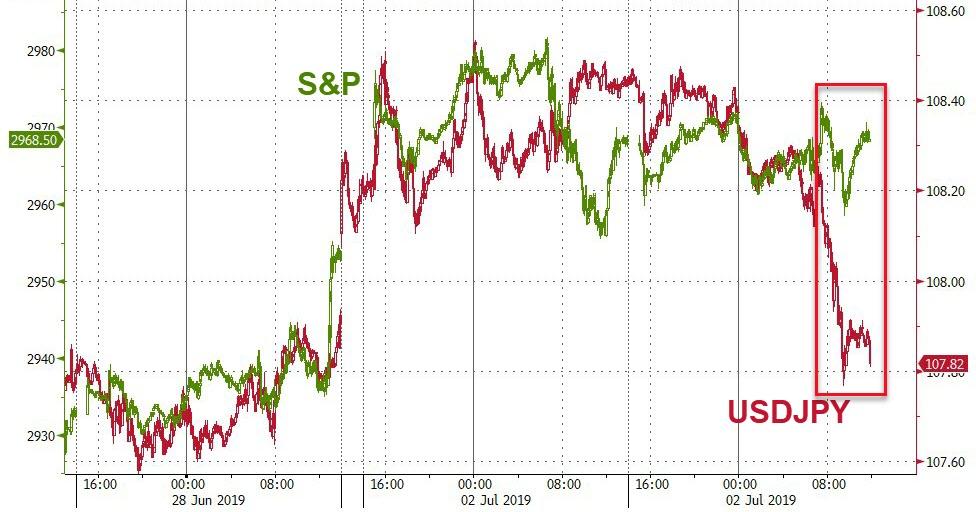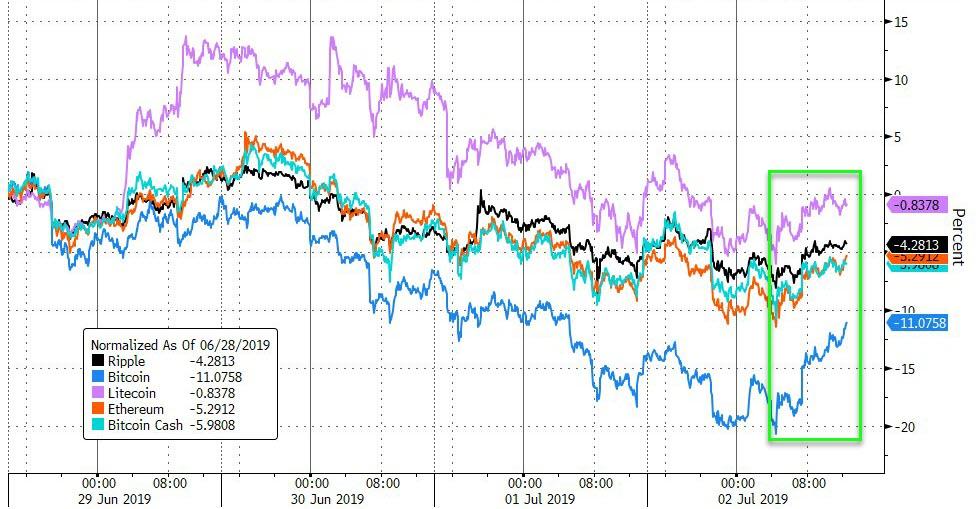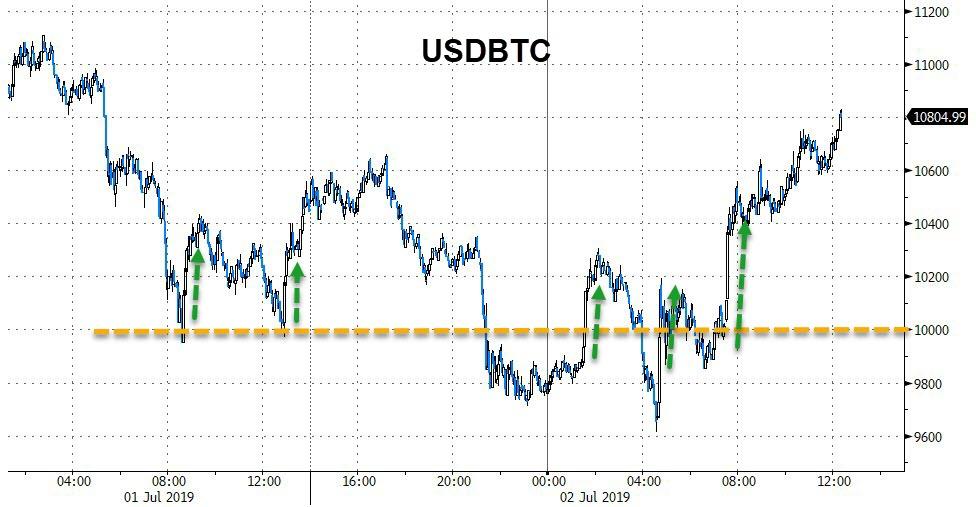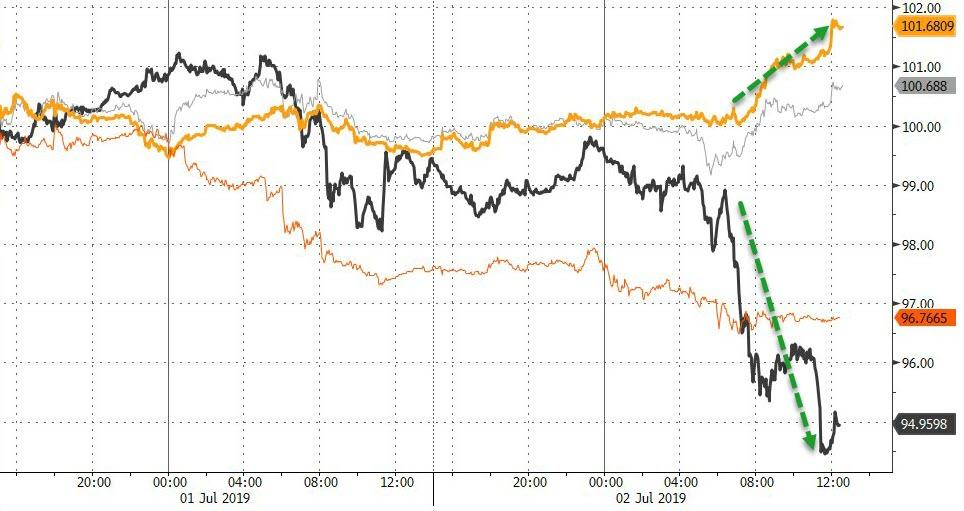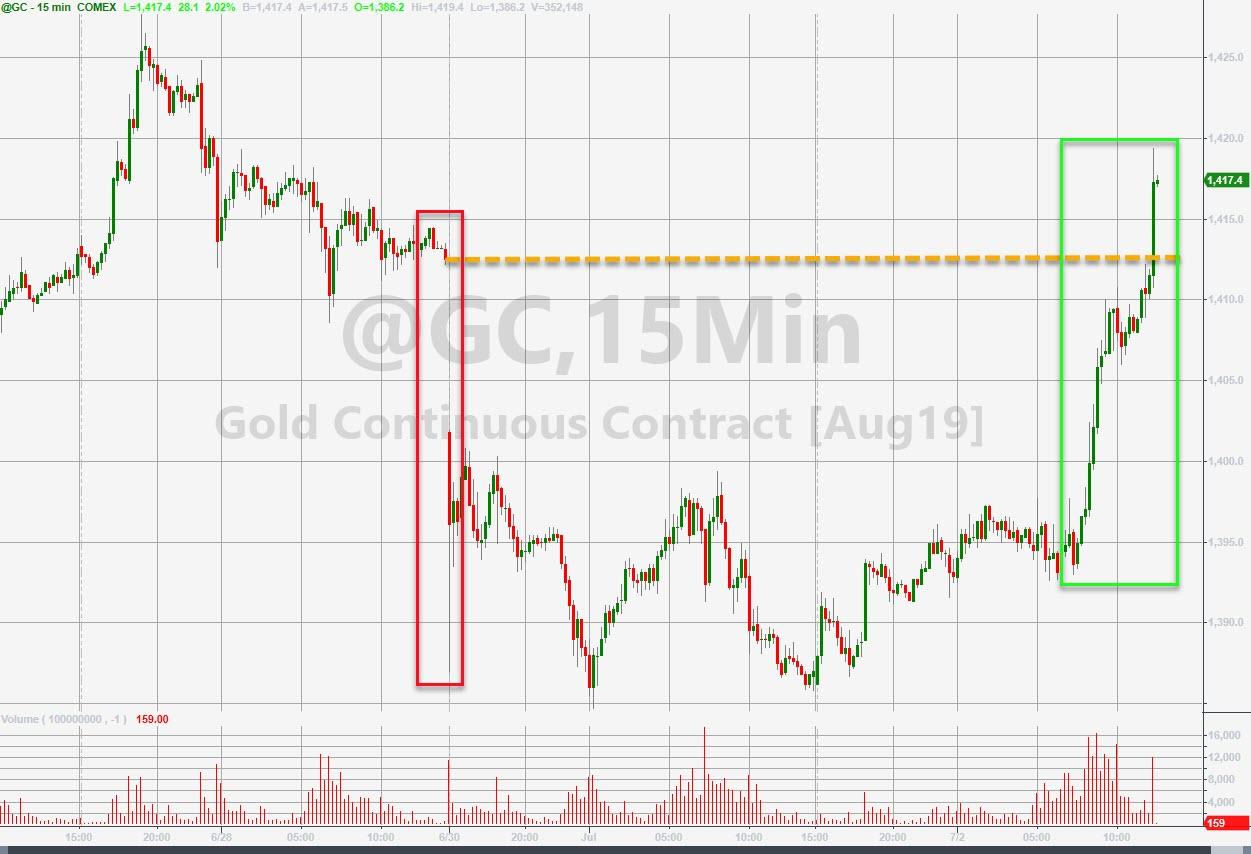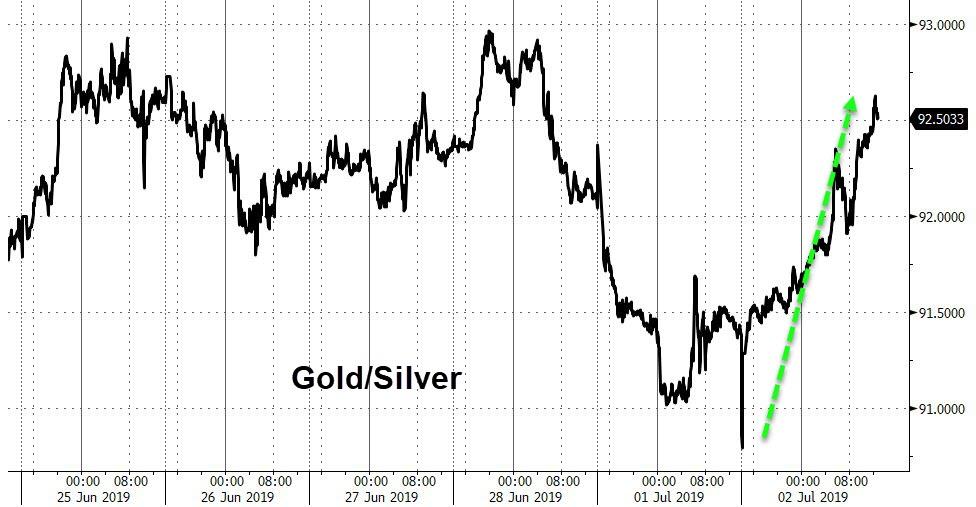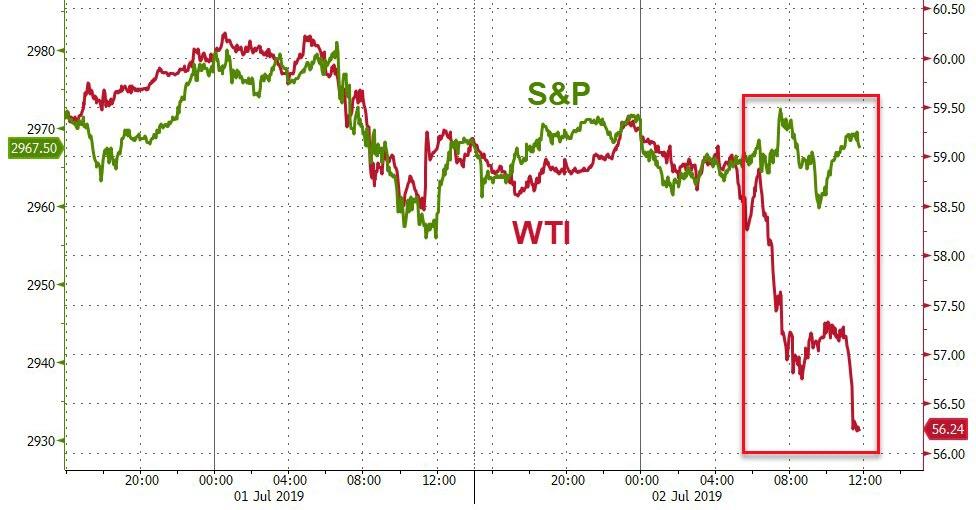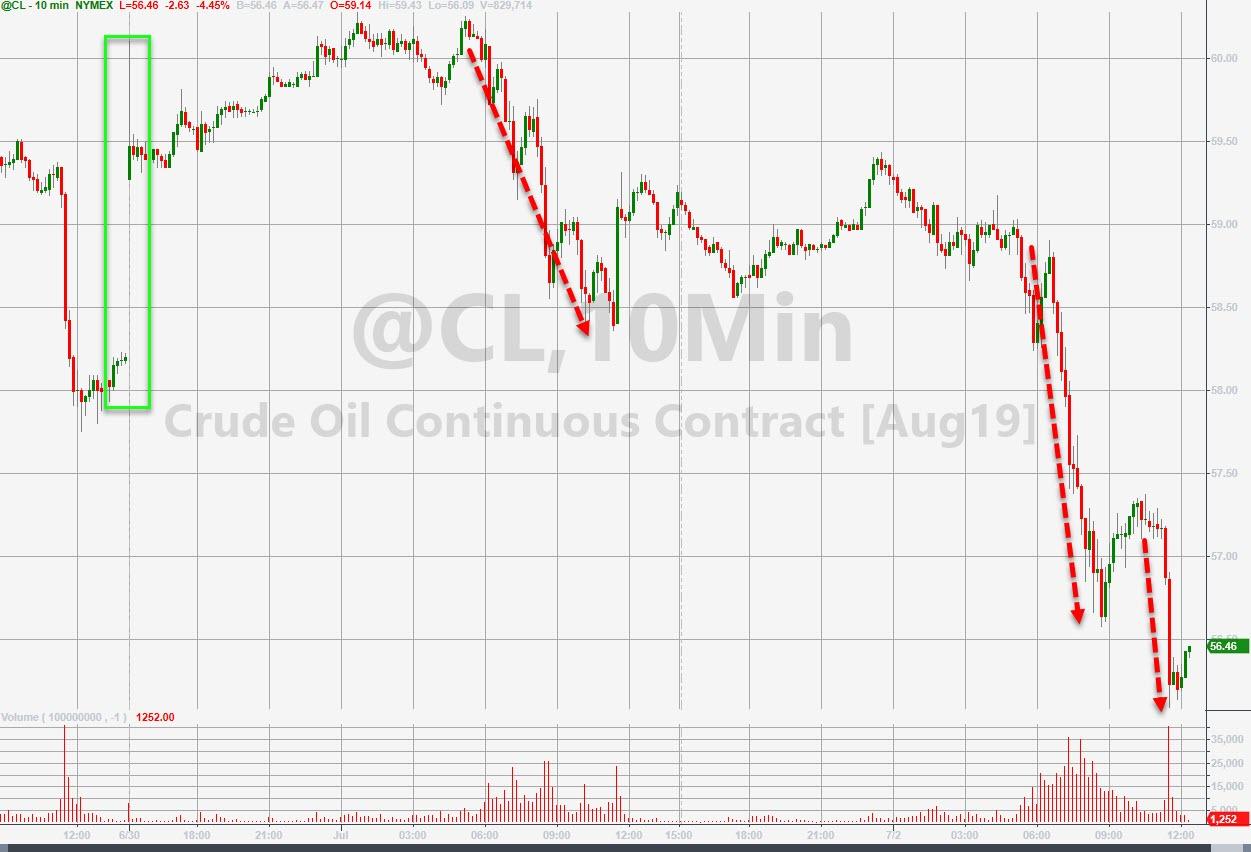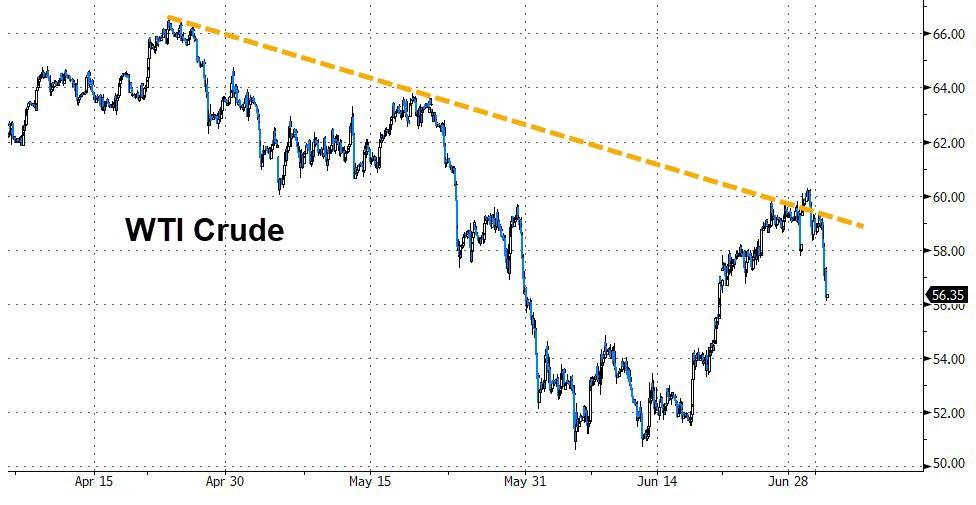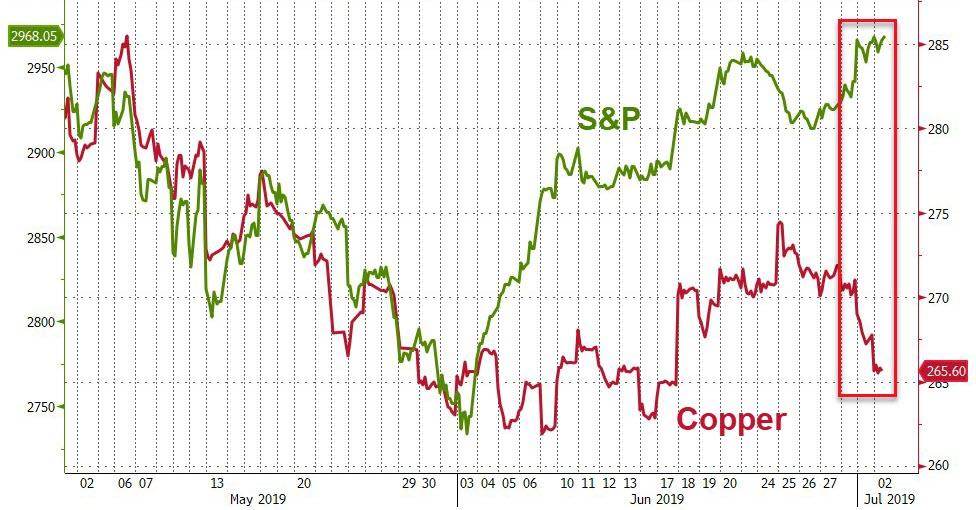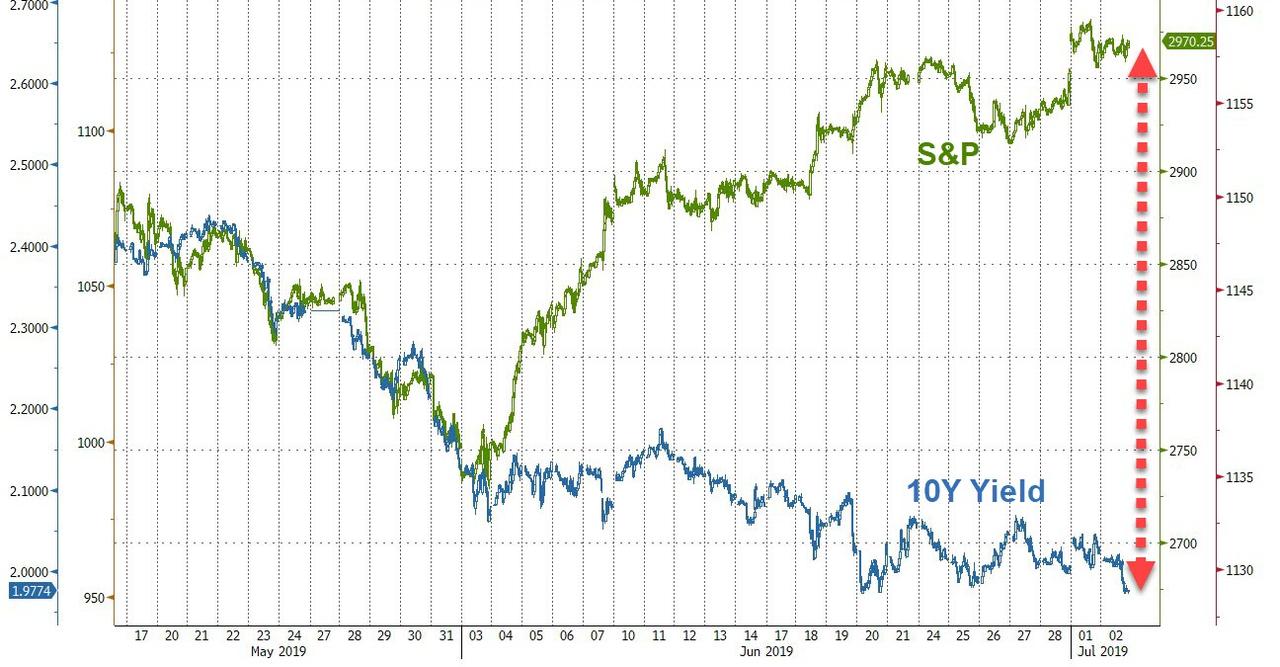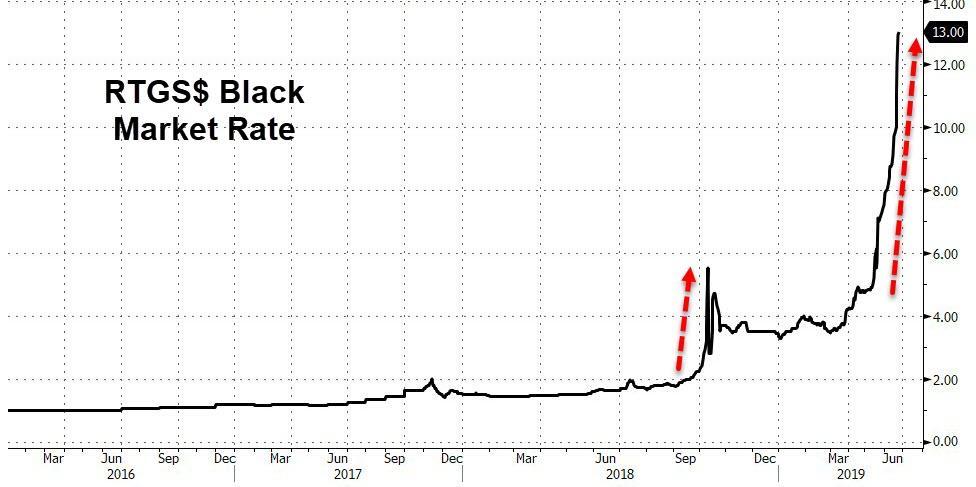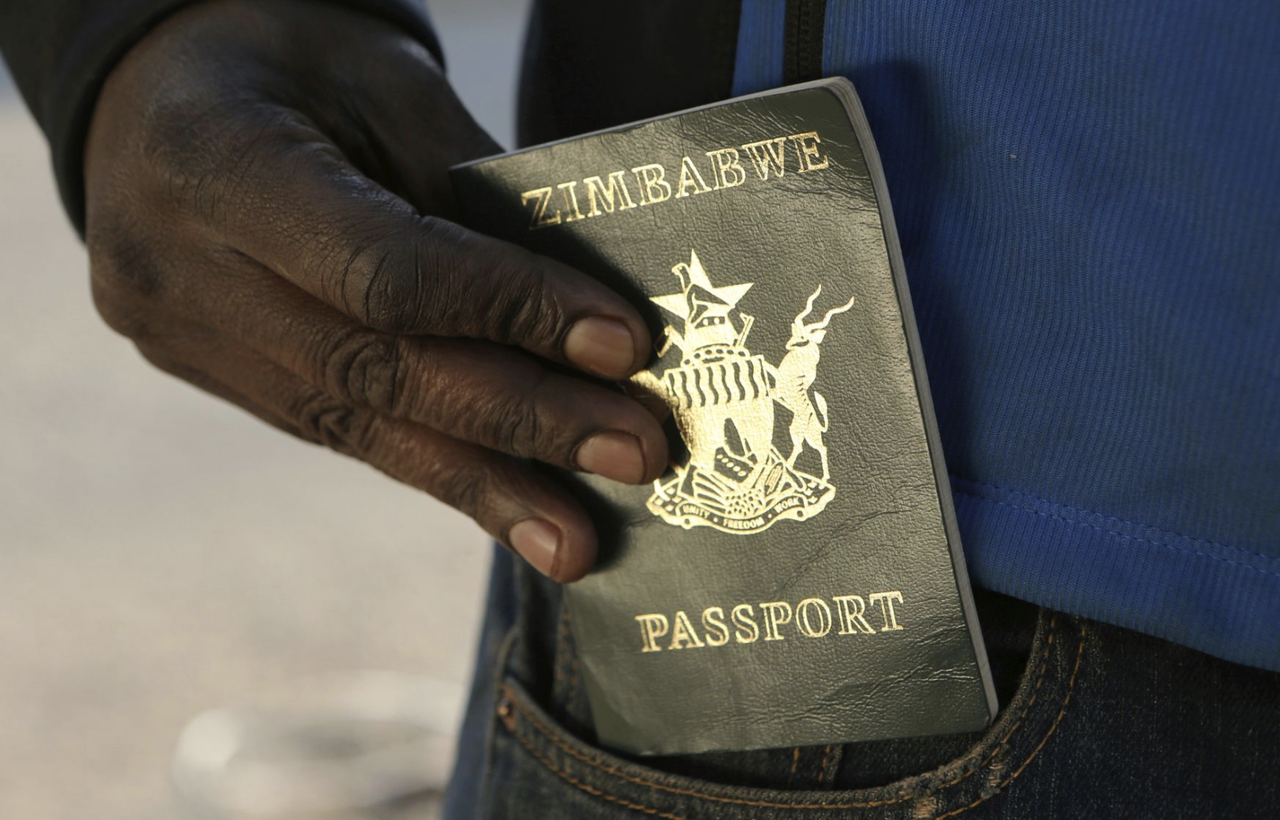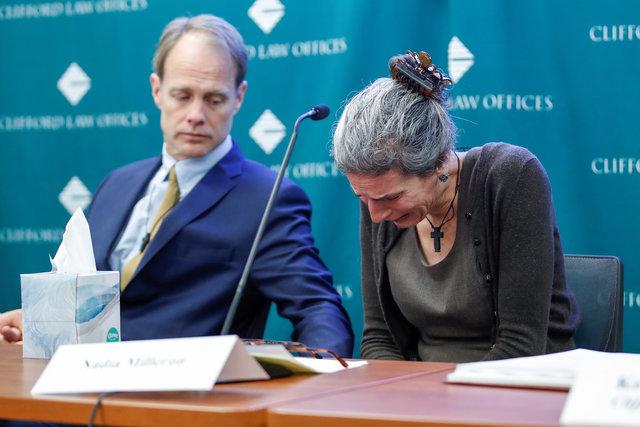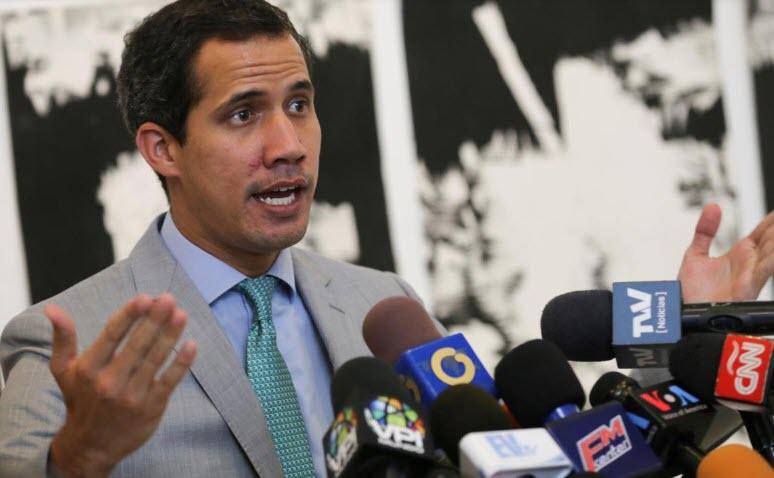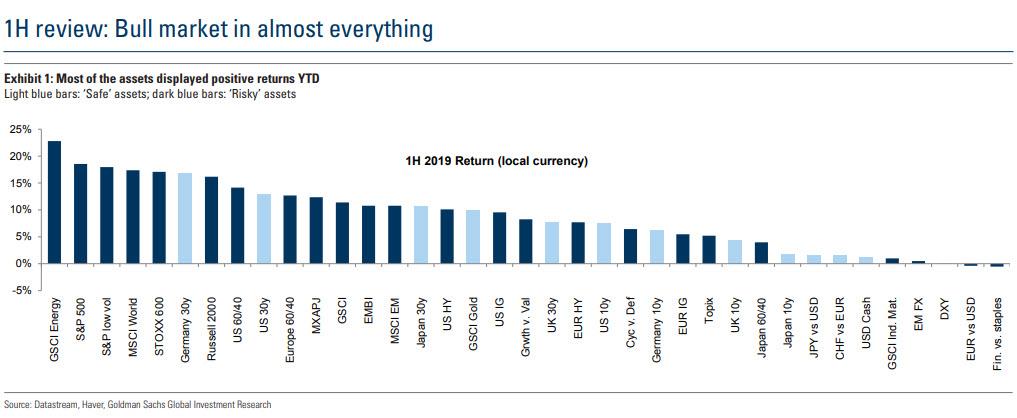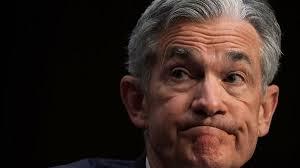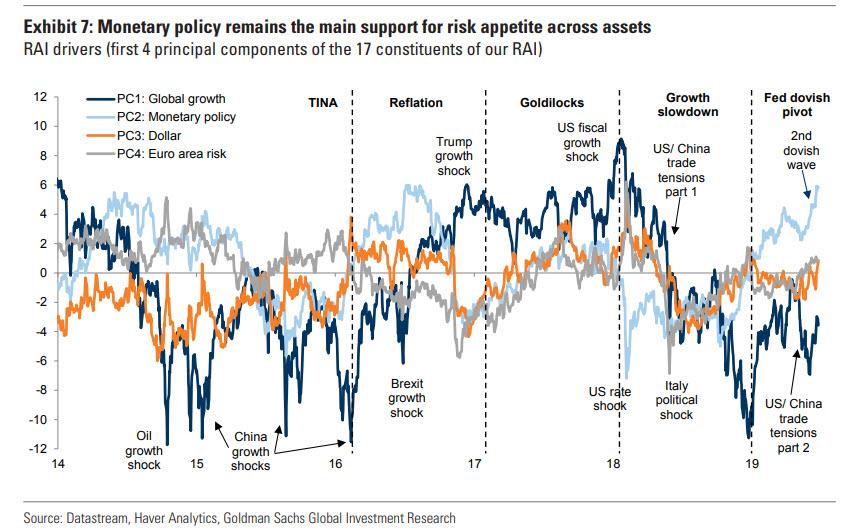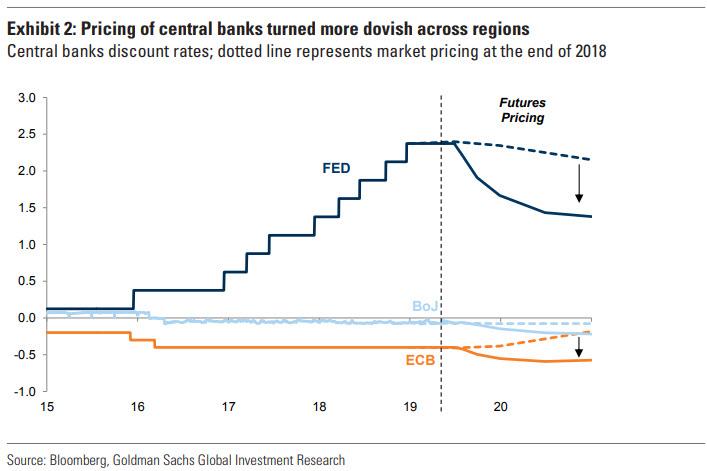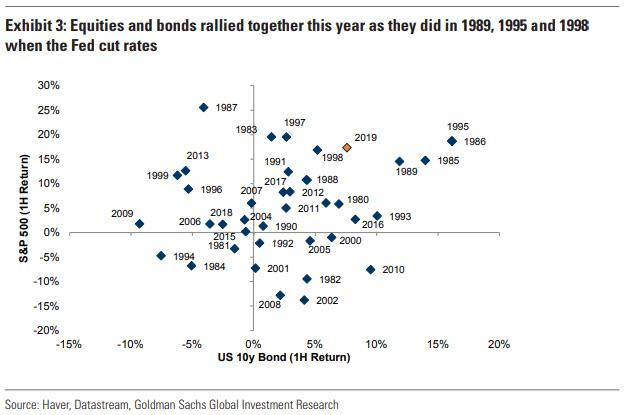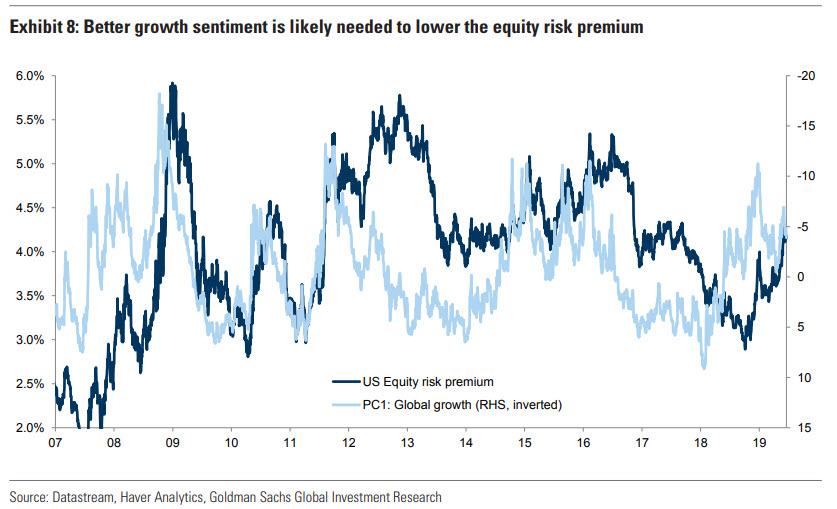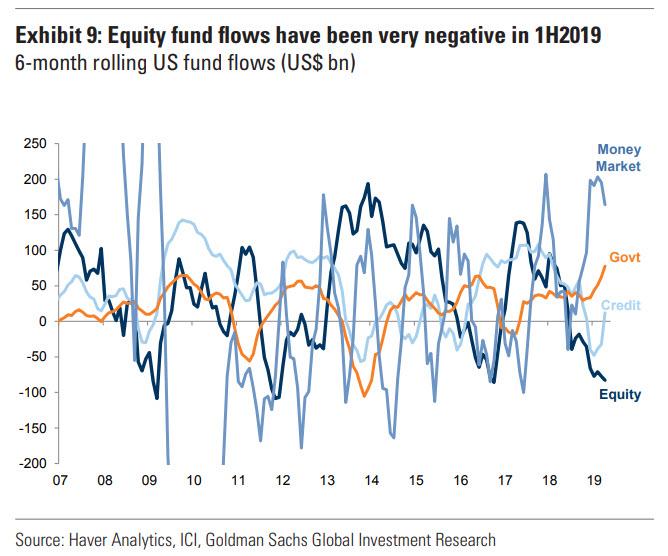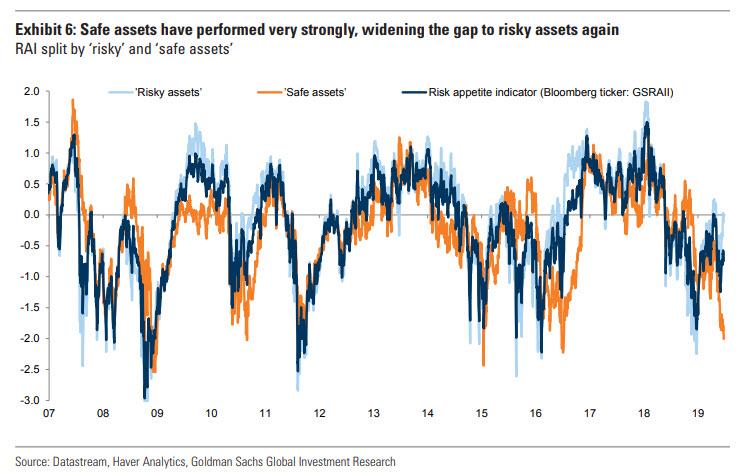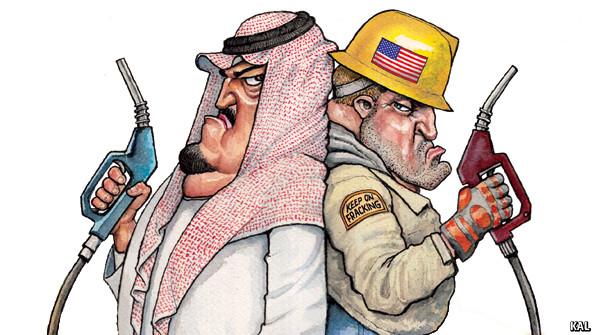Yesterday Donald Trump signed a law that forbids the IRS to seize the bank accounts of business owners based on nothing more than the allegation that they “structured” their deposits or withdrawals to evade federal reporting requirements. That kind of odious money grab—which, like other forms of civil forfeiture, did not require criminal charges, let alone a conviction—provoked bipartisan outrage in Congress after it was publicized by the Institute for Justice, the libertarian public interest law firm.
Since 1970 the humorously named Bank Secrecy Act has required financial institutions to report transactions involving $10,000 or more to the Treasury Department, because such large sums of cash are obviously suspicious. You know what else is suspicious? Transactions involving less than $10,000, because they suggest an attempt to evade the government’s reporting requirement, which has been a federal crime, known as “structuring,” since 1986.
Suspicion of structuring was the sole justification when the IRS seized $60,000 from Maryland dairy farmer Randy Sowers in 2012, $446,000 from Long Island candy and snack wholesaler Jeffrey Hirsch that same year, $33,000 from Iowa restaurateur Carole Hinders in 2013, and $107,000 from North Carolina convenience store owner Lyndon McLellan in 2014. The negative publicity generated by stories like those led the IRS to announce in 2014 that it would no longer pursue forfeiture in cases where there was no evidence of illegal activity beyond structuring itself. The Justice Department unveiled similar restrictions in 2015.
Section 1201 of the Taxpayer First Act, the bill that Trump signed yesterday, codifies the shift in IRS policy, saying, “Property may only be seized by the Internal Revenue Service” in structuring cases “if the property to be seized was derived from an illegal source or the funds were structured for the purpose of concealing the violation of a criminal law or regulation other than” structuring. The law also requires that the IRS notify the owner within 30 days of a seizure and mandates a hearing to consider whether there was probable cause for the seizure within 30 days of the owner’s request.
“Previously,” the Institute for Justice notes, “property owners targeted for structuring had to wait months or even years to present their case to a judge.” Sowers and Hirsch, both I.J. clients, “ultimately recovered their wrongfully taken money, but only after years of legal proceedings and high-profile media coverage.”
I.J. senior attorney Darpana Sheth, who heads the organization’s National Initiative to End Forfeiture Abuse, welcomed the demise of this particularly egregious kind of legalized theft. “Innocent entrepreneurs will no longer have to fear forfeiting their cash to the IRS, simply over how they handled their money,” Sheth said in a press release. “Seizing for structuring was one of the most abusive forms of civil forfeiture, and we’re glad to see it go.”
The restrictions in the new law do not apply to the Justice Department. I.J. says a campaign it organized resulted in “464 petitions from owners seeking to recover their money that had been seized for structuring.” Of the 208 petitions relating to forfeitures pursued by the IRS, the agency granted “roughly 84 percent and returned over $9.9 million to property owners.” Of the 256 petitions related to cases involving the DOJ, the IRS recommended that the department grant 194. But the DOJ had accepted just 41 petitions, or 21 percent, “and refused to return more than $22.2 million as of last summer.”
from Latest – Reason.com https://ift.tt/2XQG60B
via IFTTT
